At the end of 2021, RFI Global made some
predictions for the year ahead. It did this at a time when the world was in
quite a different place. Stock markets and property values were buoyant.
Interest rates were at record lows and economic commentators were predicting
stellar growth for the year ahead. Then Russia invaded Ukraine, global energy
prices soared, stock markets crashed, and inflation and interest rates started
to rise. Many consumers now find themselves dealing with a cost of living
crisis and those same commentators, who were bullish in 2021, have more
tempered projections.
But how did RFI’s predictions for 2022 play out and what do we now see for the year ahead? In this article our product leaders give their reflections on the predictions made for 2022. A second article, to be released in two weeks, will showcase our predictions for 2023.
2022 - The year that was
12 months ago RFI made three main predictions for 2022. Were we right or wrong?
Prediction
for 2022, number 1 – Successful incumbents will realise the huge opportunity to
move complex tasks to digital channels, increase efficiency and margins.
Digital will continue to drive down the barrier to entry for new players.
It is undeniable that consumers have become
increasingly comfortable managing their financial affairs via digital channels.
Many consumers now use digital channels for tasks for which they would have
previously favoured more traditional alternatives. Globally, we have, for
example, seen big increases in the proportion of consumers that say they turn
to digital channels to apply for investment products, seek advice, ask
questions about products they are interested in, apply for loan products and
resolve problems or complaints. We have also seen greater utilisation of
digital channels reflected in rationalisation of branch networks. It is
estimated that around 600 branches have closed in the UK over 2022 and in the
last financial year more than 300 branches closed in Australia.
Over the course of 2022 we have not seen a raft of new financial services brands launch, and recent entrants have experienced mixed fortunes. In the UK, Chase hit a milestone of one million customers, and Starling, Monzo and Atom have all increased their market penetration. In Hong Kong, digital only banks have also performed well. However, in Australia, we saw Volt hand back its banking licence and 86400 was absorbed into UBank which followed the demise of Xinja in 2021. Collectively, these points highlight that while digital may have reduced the barriers for new players, it remains very difficult to build a successful and profitable financial services brand.
Prediction proven: Yes
Prediction
for 2022, number 2 – Success will be built on customer trust and cemented in a
recognition of the needs and values of the target customer base. The banks are
ahead but the gap will close.
Trust
remains at the core of customer decision making when it comes to financial
services. This is particularly true when there is uncertainty, weaker sentiment,
and concerns about the economic outlook – exactly the conditions we are seeing
now. Customers choose brands they trust to keep their money and personal
information safe. This helps explain why incumbents maintain strong market
positions despite more competitive propositions being offered by smaller and
lesser-known alternatives.
Over the
course of 2022, banks have maintained their trust advantage, scoring an average
of 7.5 out of 10 versus 5.7 for digital-only banks / FinTechs. However, our
prediction that the gap would narrow turned out to be correct. Banks scored 7.6
in 2021, while digital only banks / FinTechs scored 5.6. The opportunity for the digital only players
is to build upon this improving perception. The challenge for the incumbents is
to defend against the erosion of trust. One of our predictions for 2023 talks
to how this can occur.

Prediction
proven: Yes
Trust
remains at the core of customer decision making when it comes to financial
services. This is particularly true when there is uncertainty, weaker
sentiment, and concerns about the economic outlook – exactly the conditions we
are seeing now. Alex Boorman, Chief Product Officer, RFI Global
Prediction
for 2022, number 3 - Payments will be the most competitive battleground. BNPL
providers will seek to own the merchant-customer eco-system and to expand into
BaaS in partnership with banks.
2022 saw
ongoing competitive intensity in the payments space. A driver of this has
always been the greater comfort of customers towards using a digital-only
provider for their payments needs than for their savings, investments,
borrowing and FX needs. This remains true – consumers are most comfortable
using a digital-only provider for payments. However, 2022 saw noticeable
increases in comfort relating to these other needs, particularly investments
and borrowing. There remains the opportunity for truly differentiated and
compelling propositions in these areas to capitalise upon this shifting
customer mindset.

Buy Now Pay
Later was a hot topic prior to 2022 and interest has remained high over the
last 12 months. Consumer and merchant adoption has continued to grow and BNPL
providers have sought to further erode relationships between more traditional
payment providers and their consumer and merchant customers. 2022 did not see
the level of activity in the BaaS space that we predicted. In fact, the
flagbearers for this trend ended their partnership. In August it was announced
that the Money by AfterPay app offered in Australia through a partnership with
Westpac was being withdrawn. We have seen no further activity in this space and
it does seem that banks no longer see partnership with BNPL providers as such
an exciting prospect and BNPL providers have adopted a more singular focus on
their core business. It remains to be seen whether, and in what form, BaaS will
re-appear in the BNPL space.
Prediction
proven: Partially
Buy
Now Pay Later was a hot topic prior to 2022 and interest has remained high over
the last 12 months. Consumer and merchant adoption has continued to grow and
BNPL providers have sought to further erode relationships between more
traditional payment providers and their consumer and merchant customers. Kate
Wilson, Global Head - Consumer Credit, Deposits and Payments, RFI Global






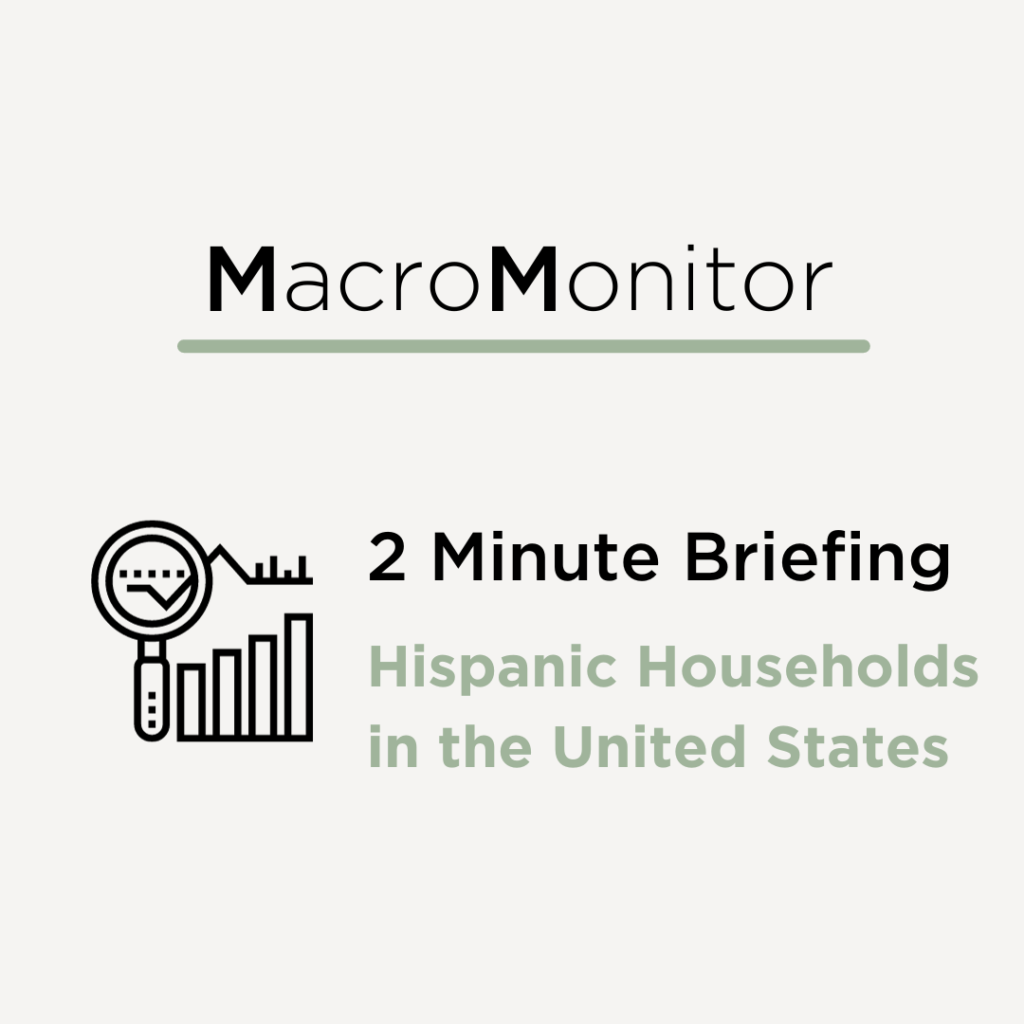













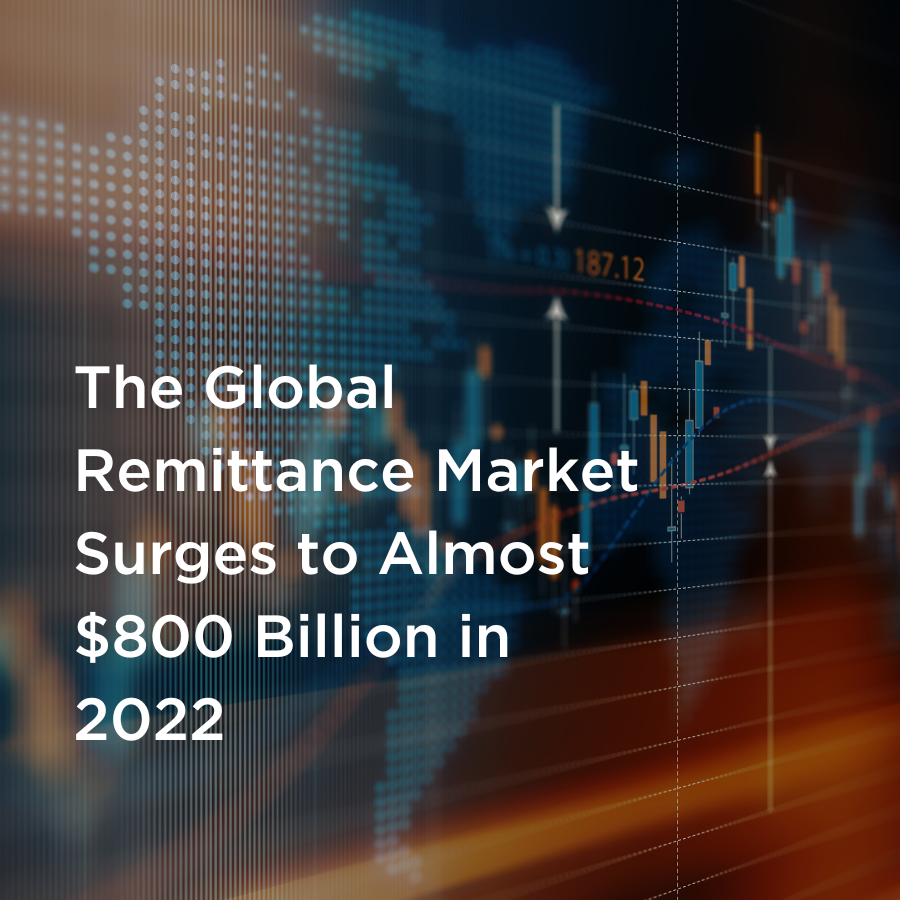




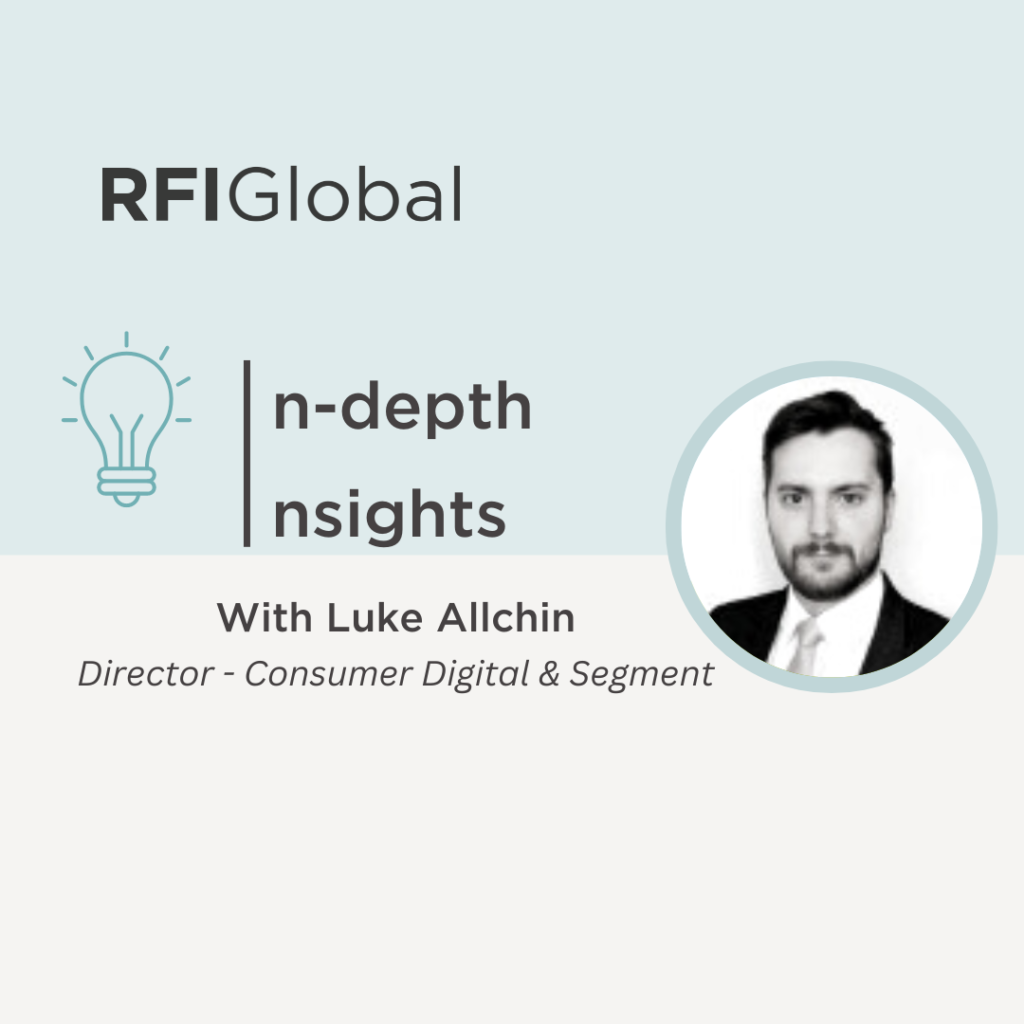
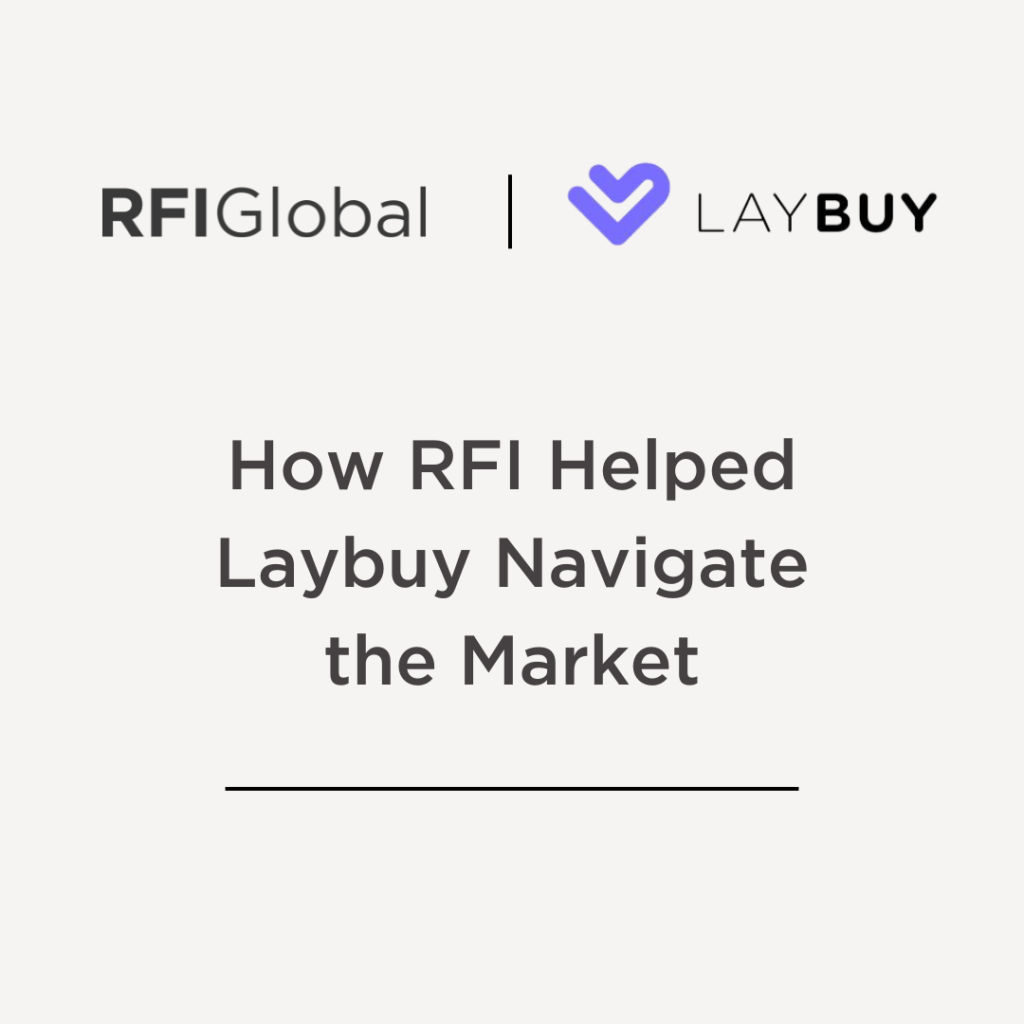

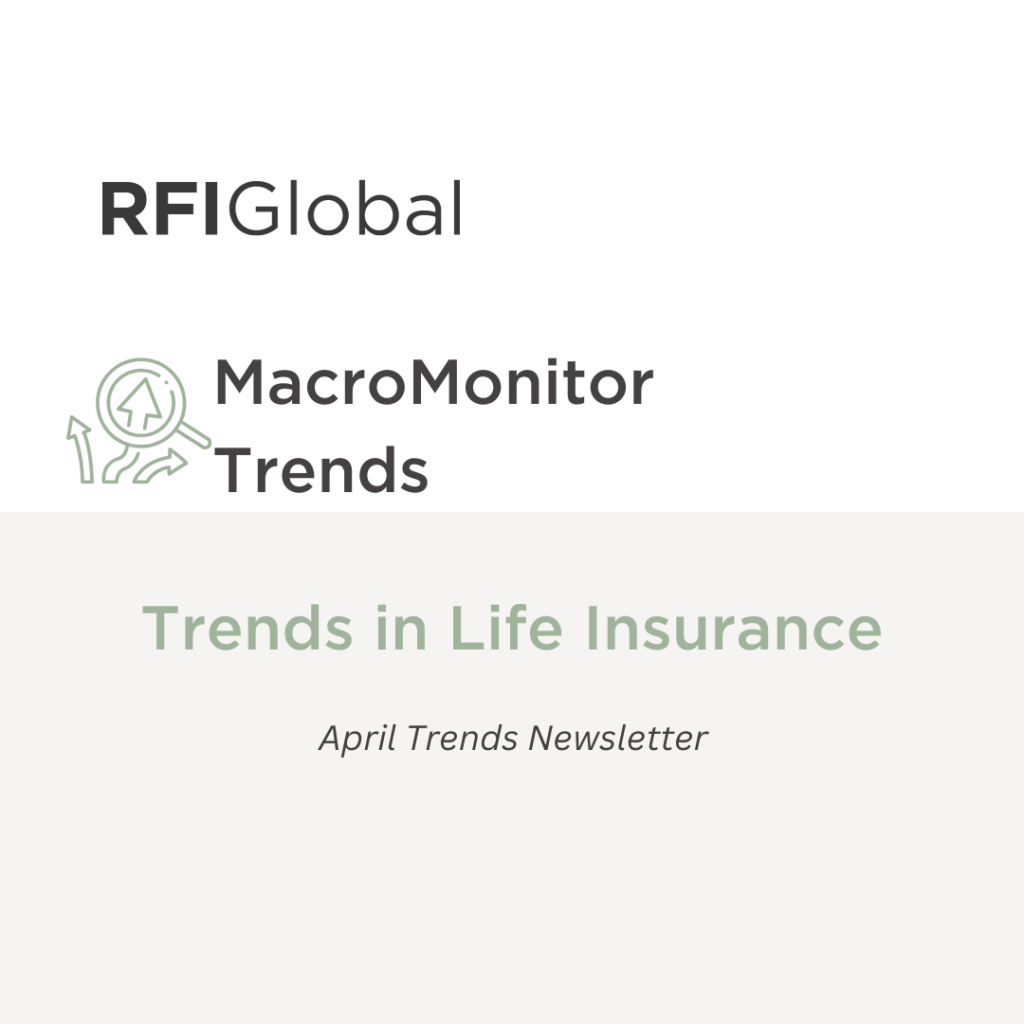
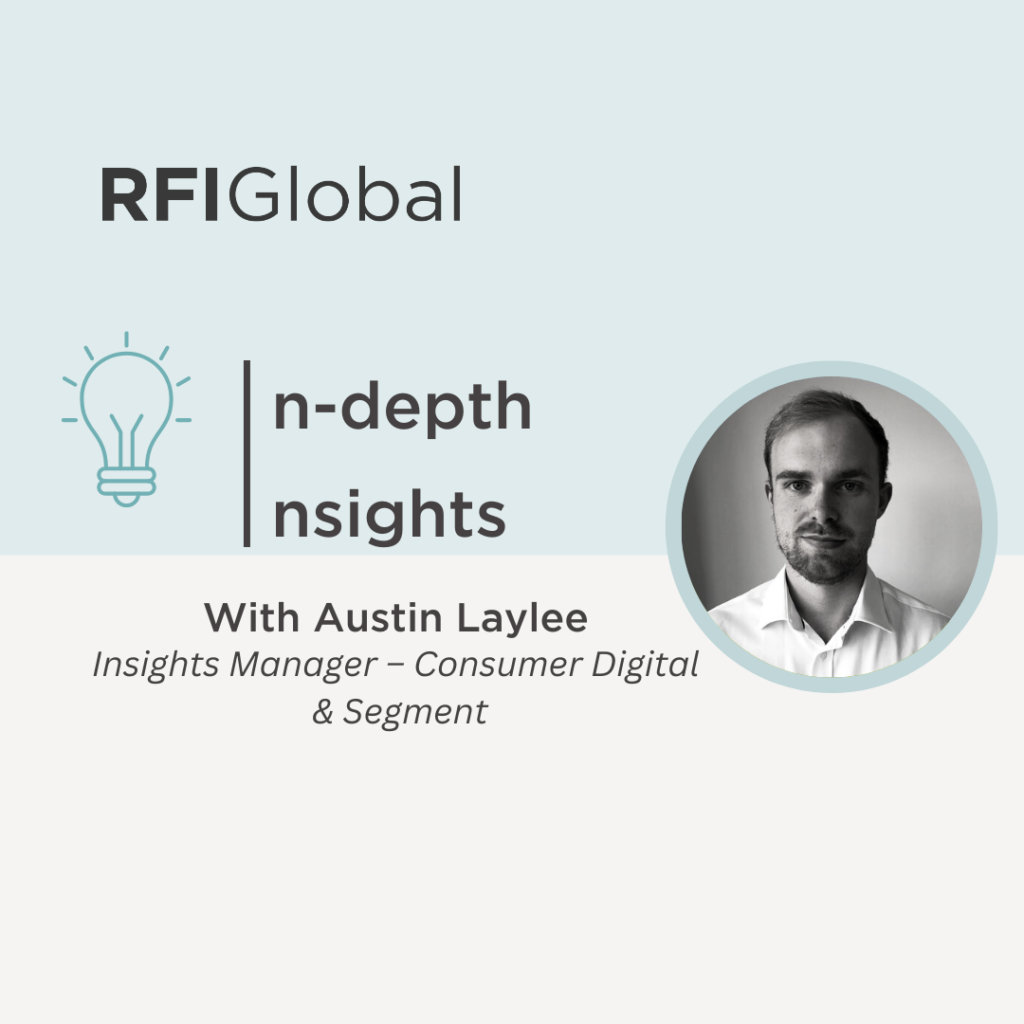


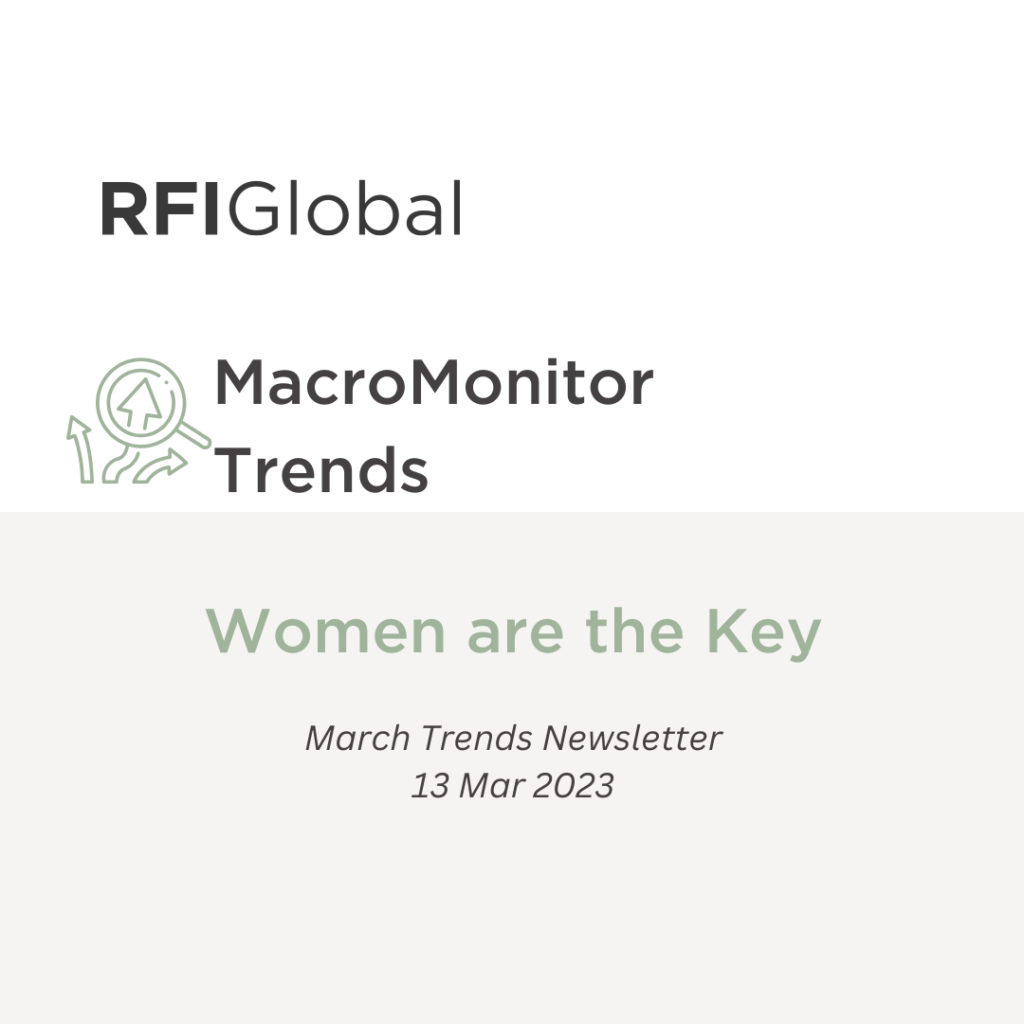
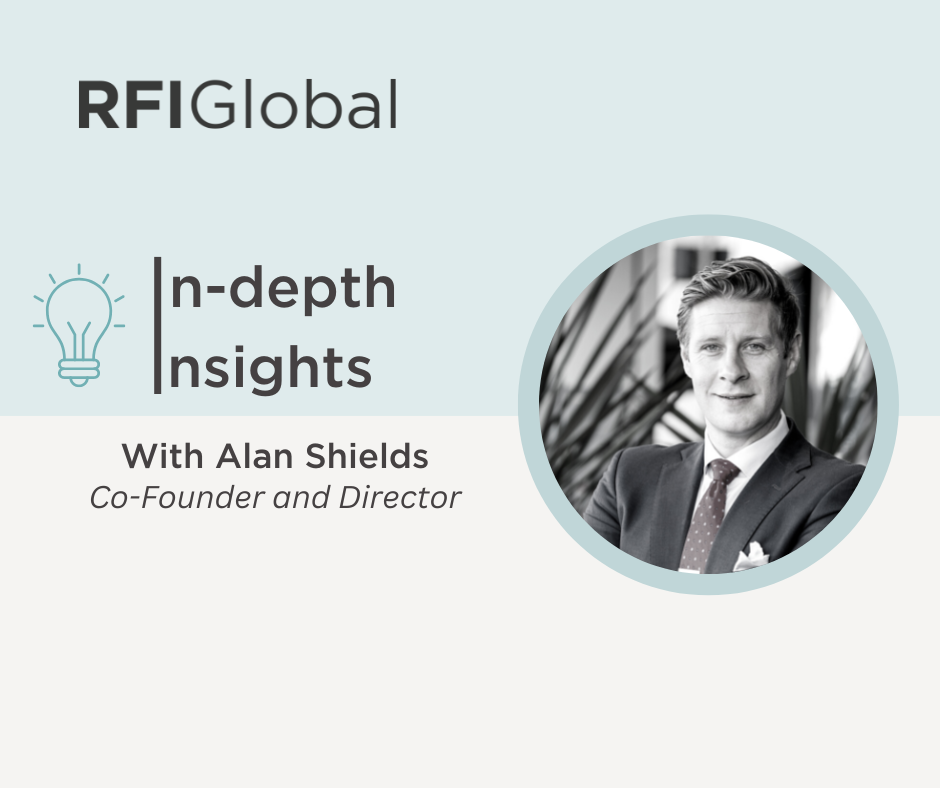

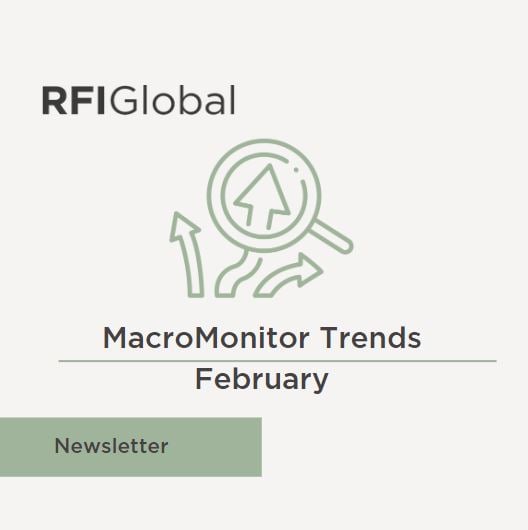


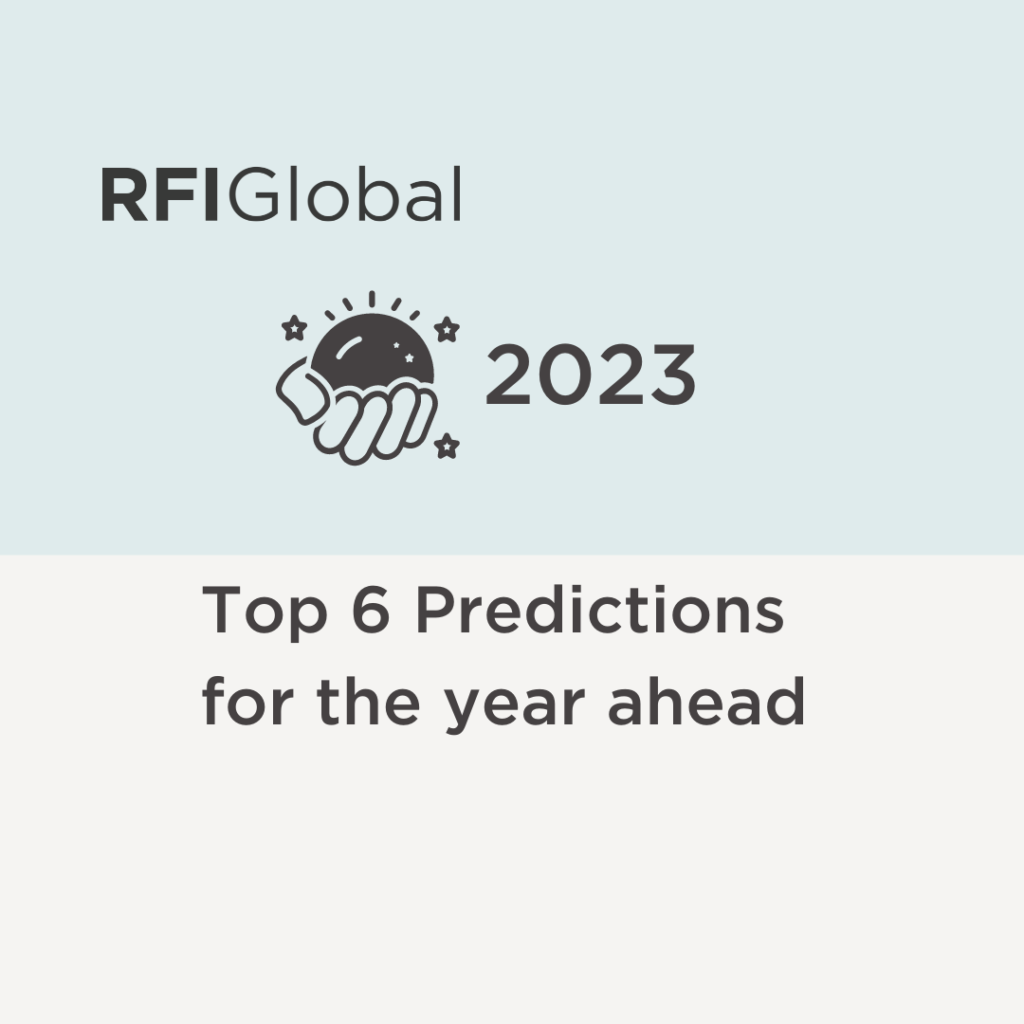
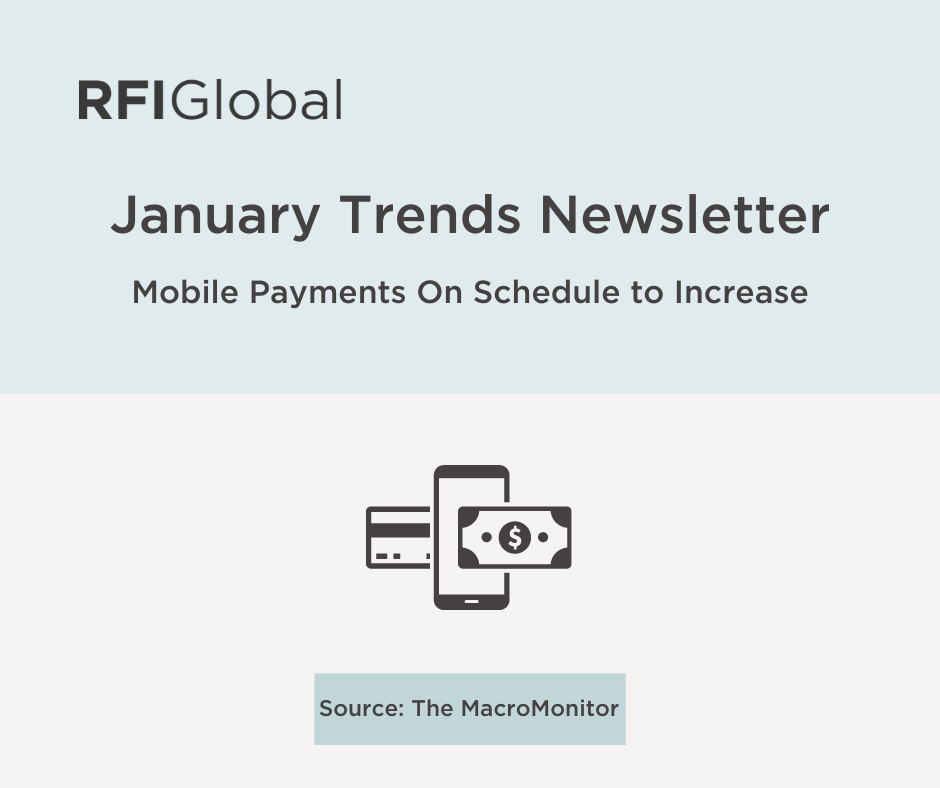

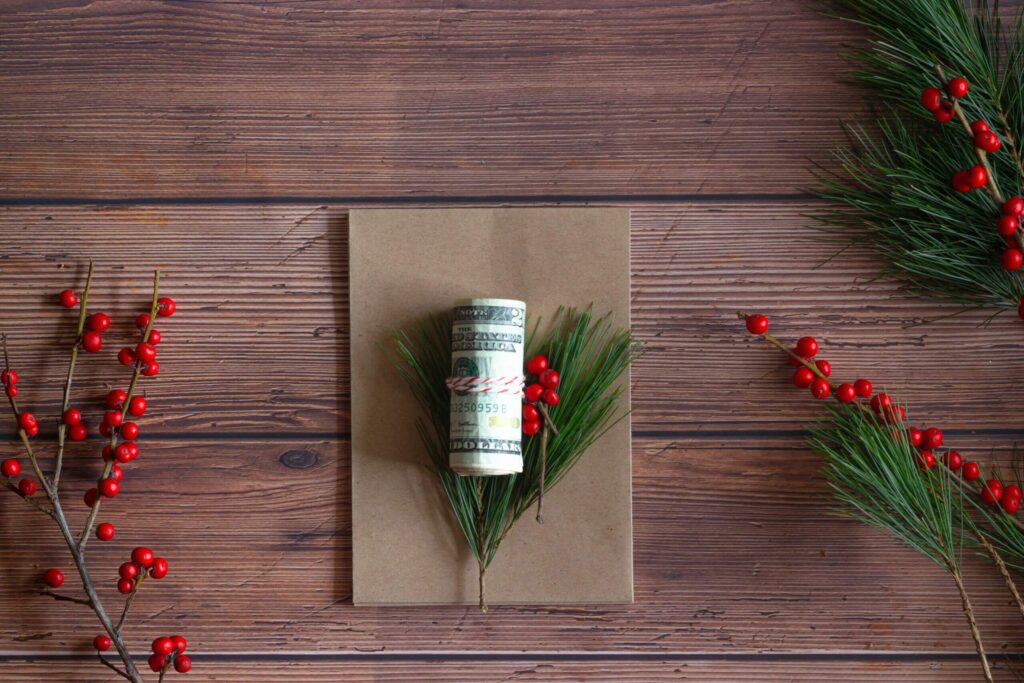













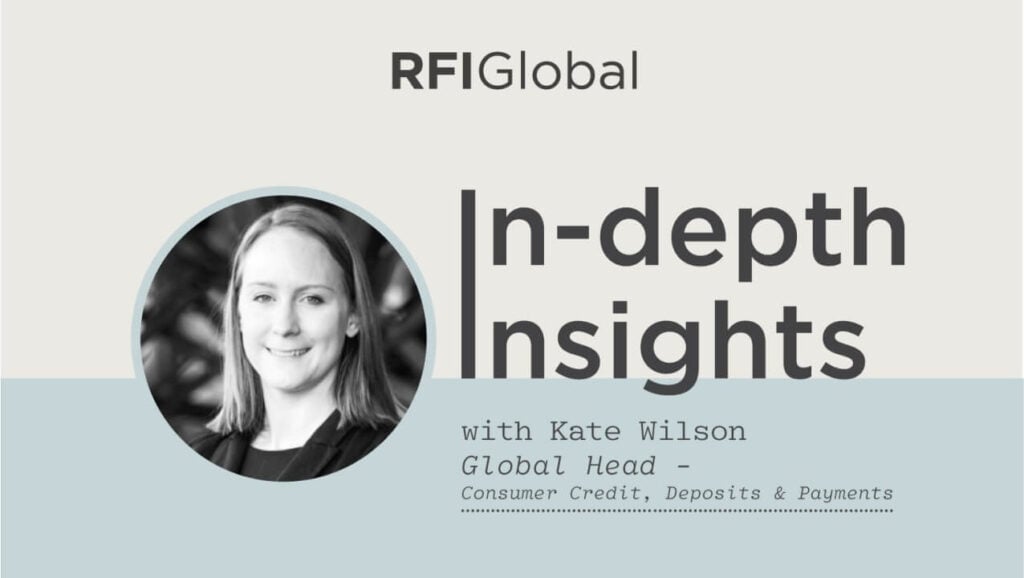










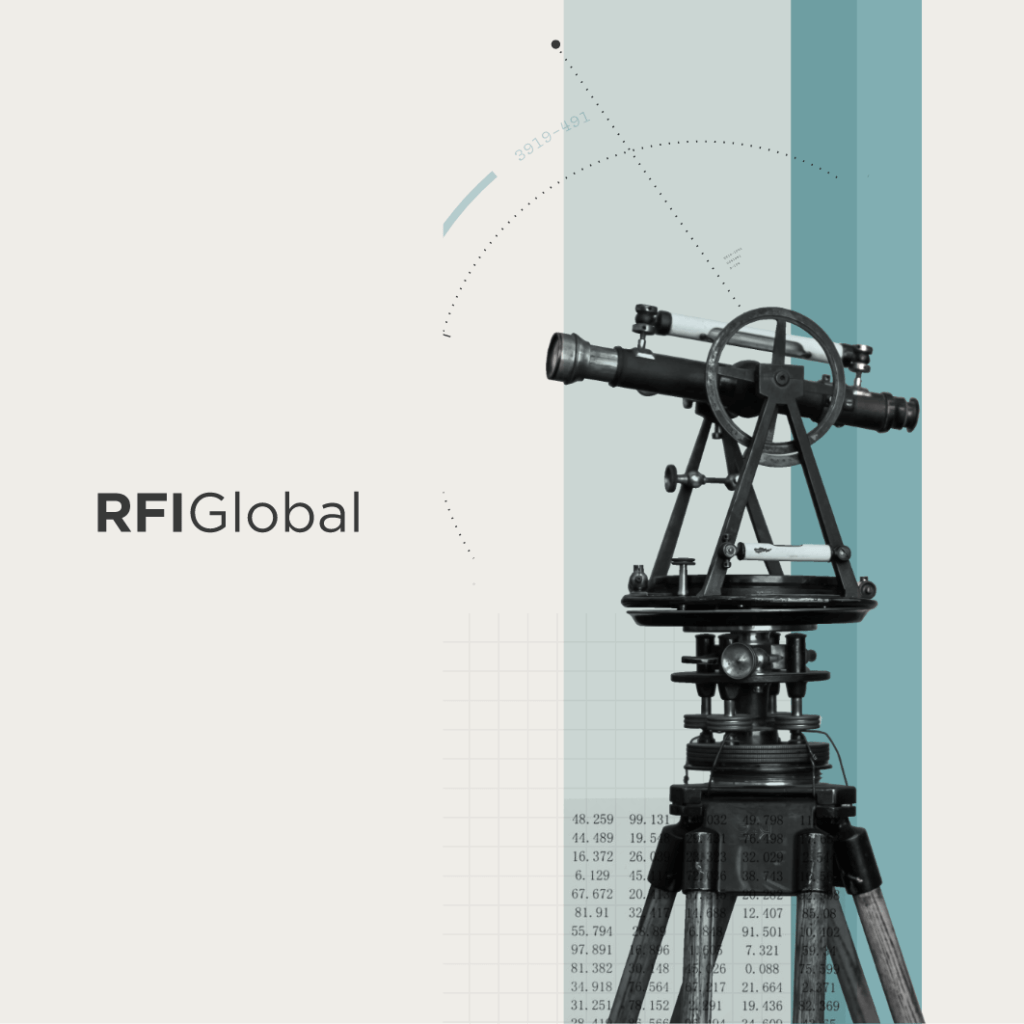


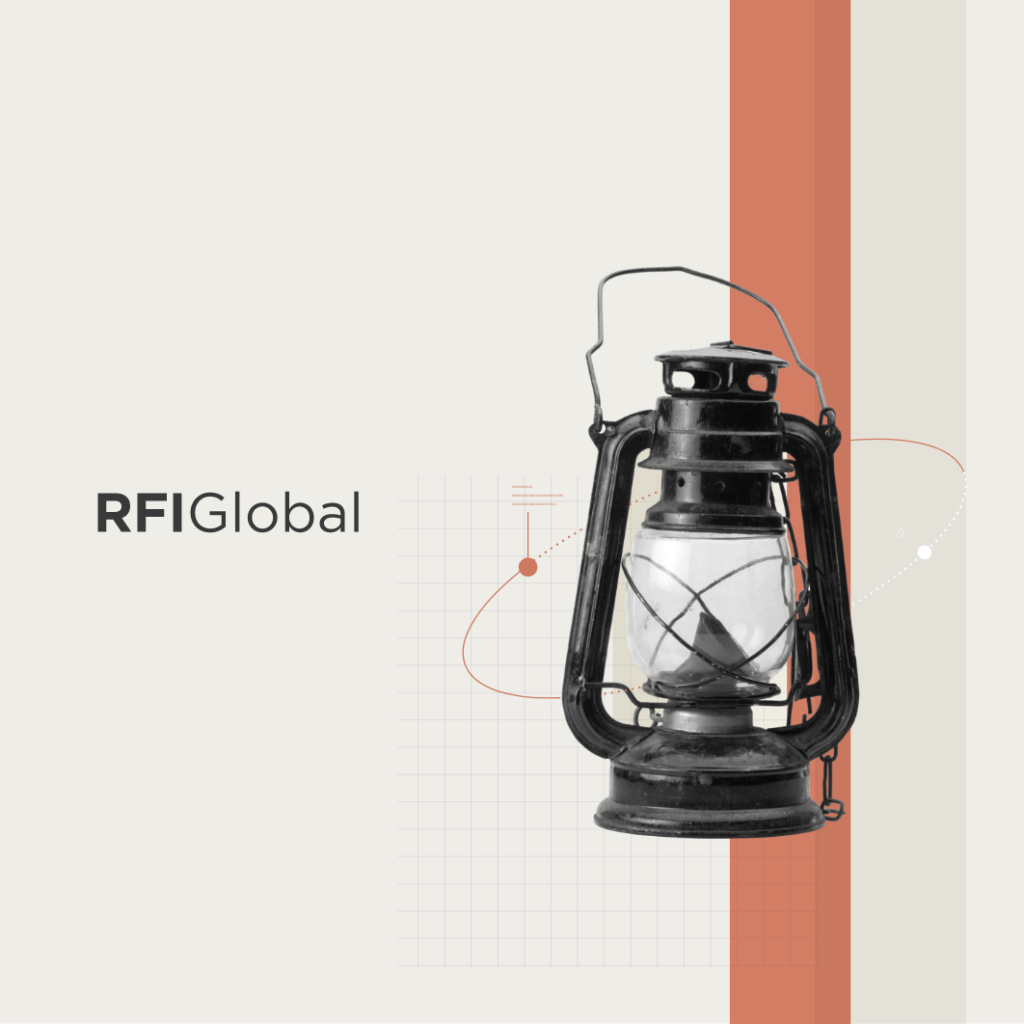
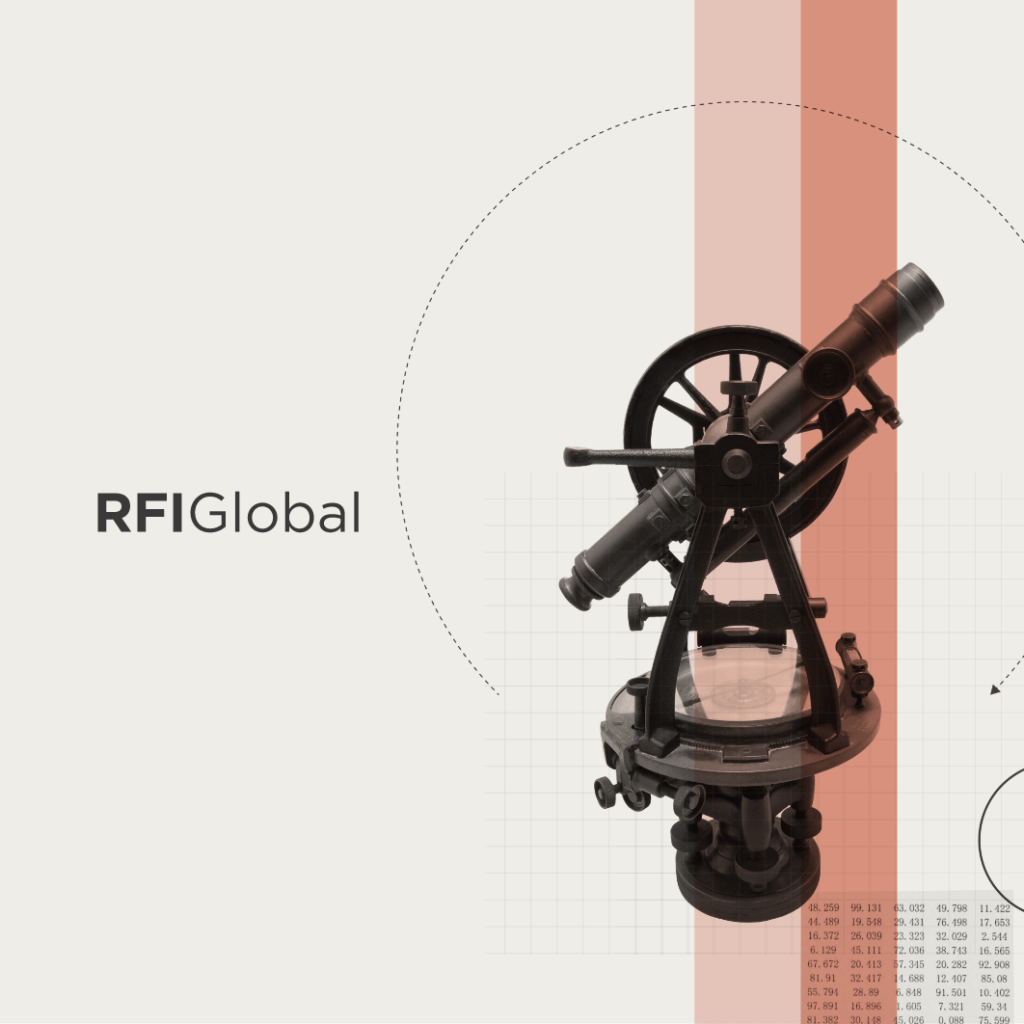
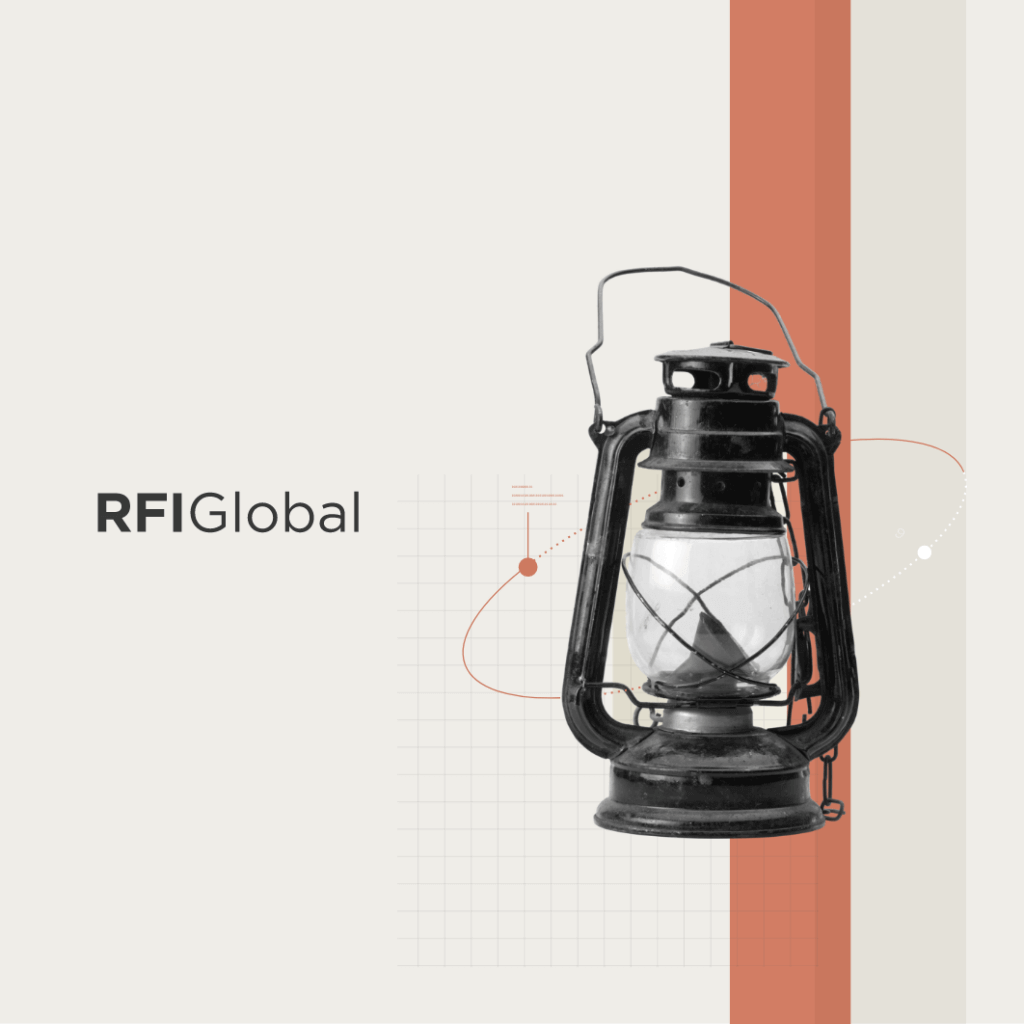
/NQA-ISO-27001-Logo-UKAS.jpg)